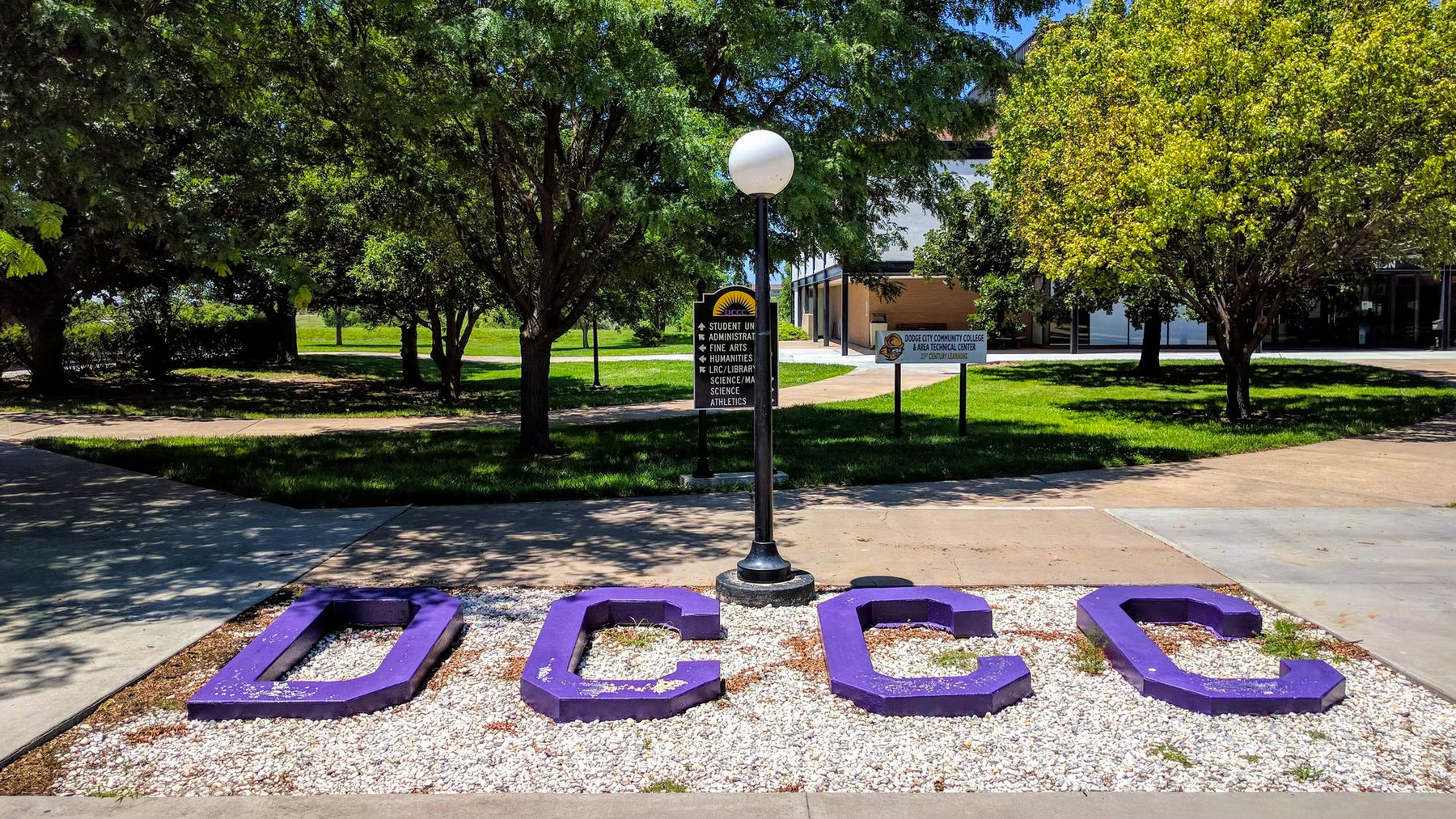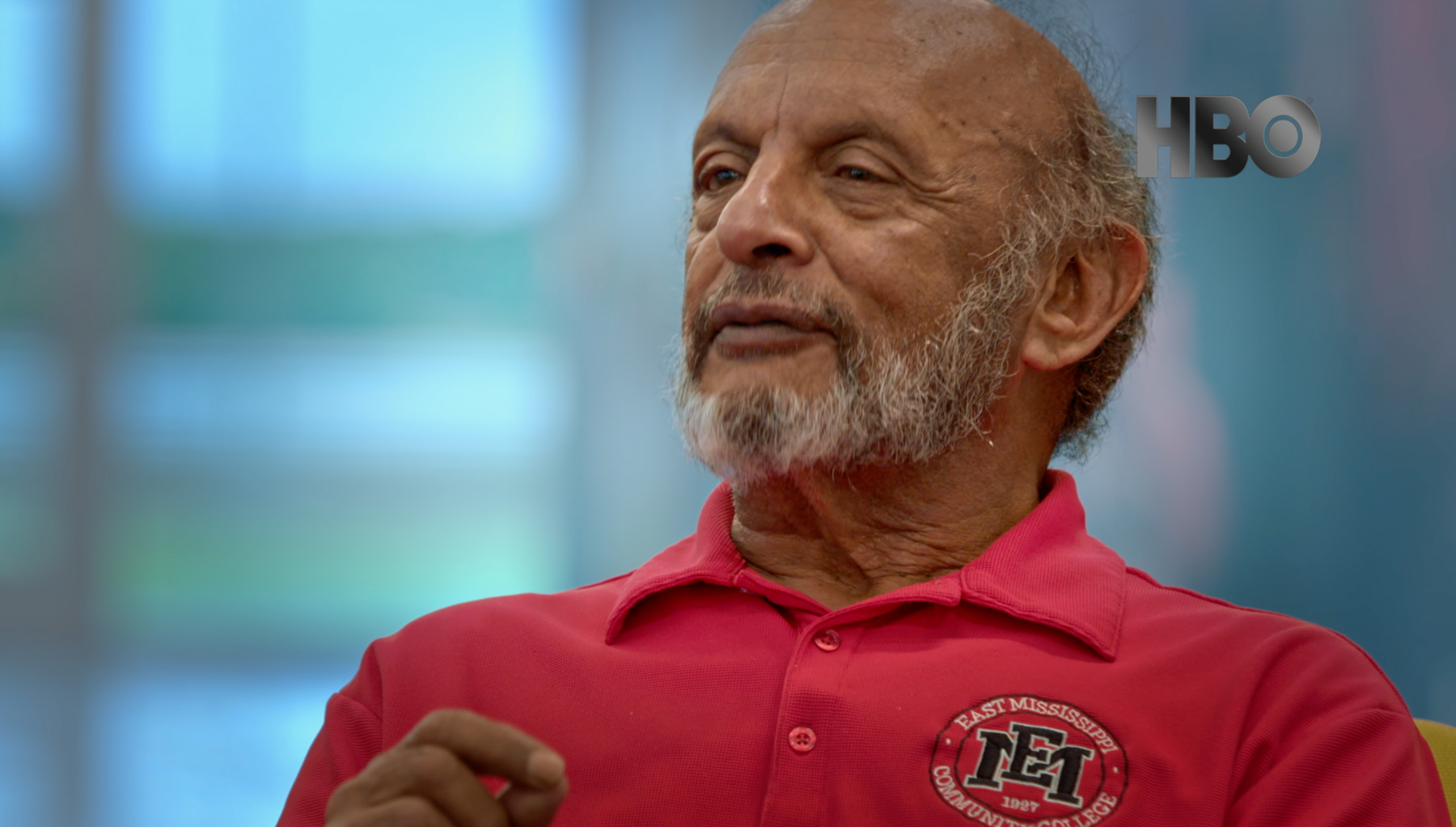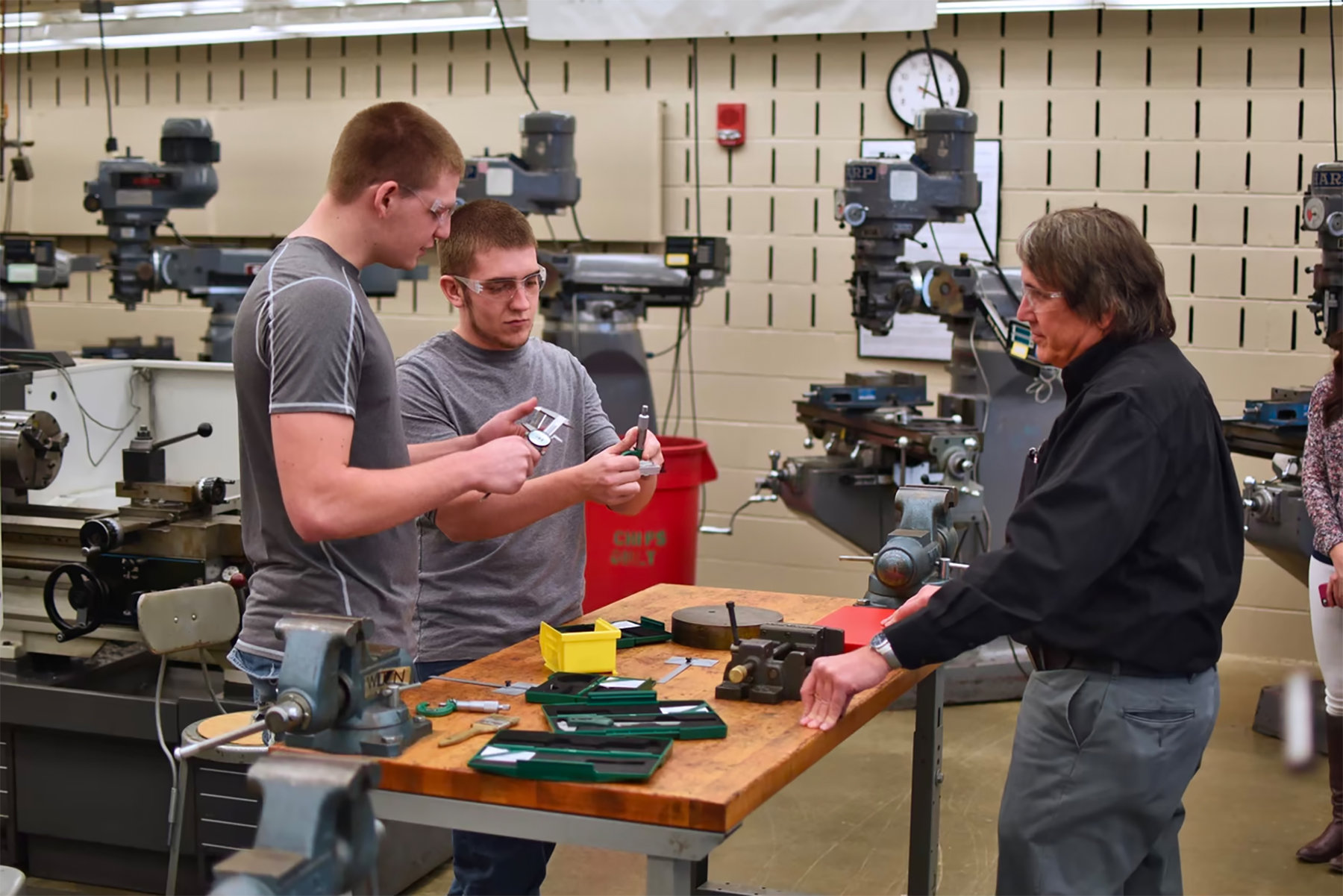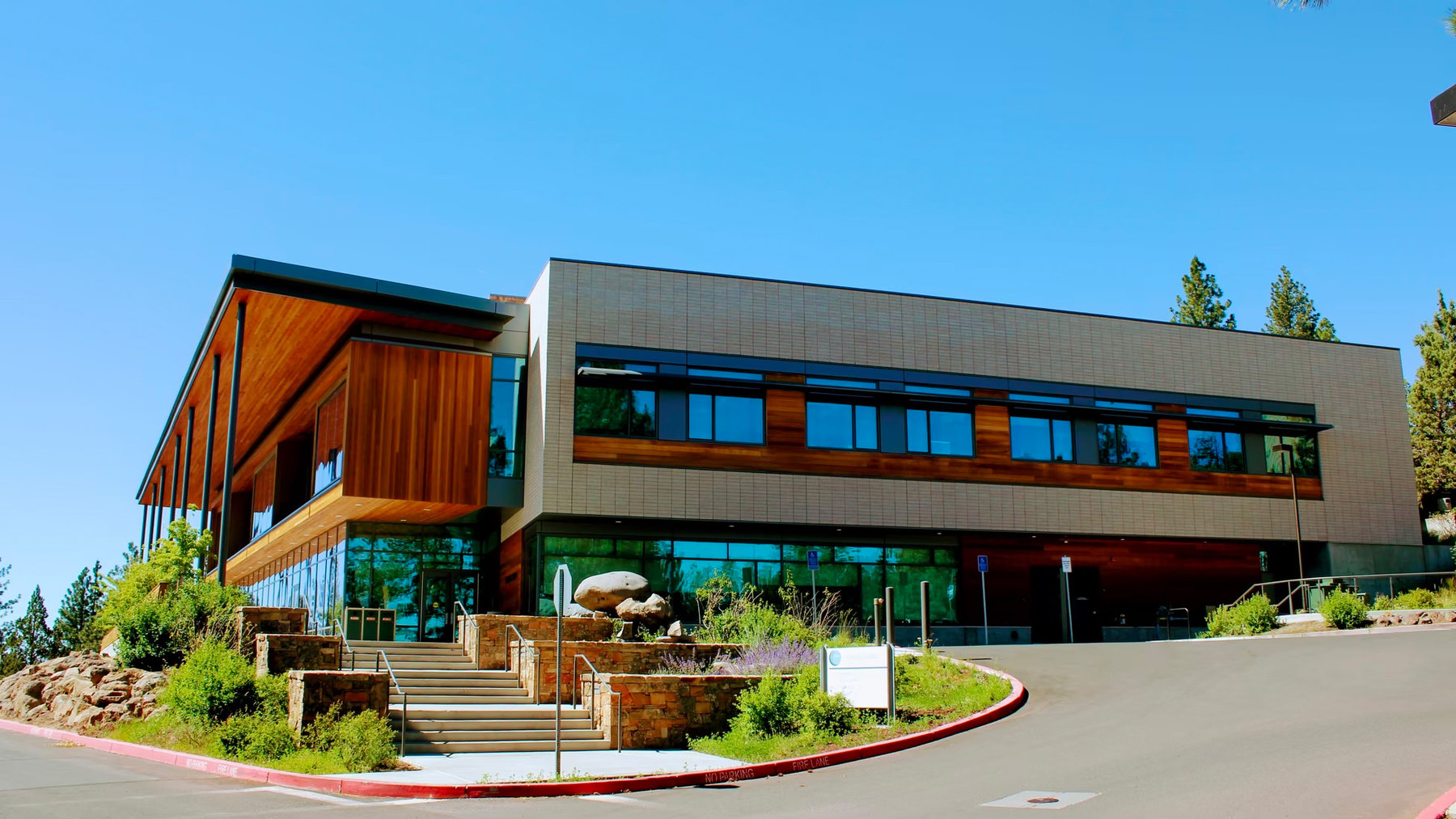America is in the middle of another news emergency, about crises that are genuinely important. But meanwhile, other aspects of public and private life grind on, and because they will matter so much in the long run, they deserve more attention than the permanent emergency-news culture usually allows for. Like many other entries in this series, today’s is an intentionally off-news item about some of these developments that will help determine the news of the future.
At the moment I have in mind two institutions that are rarely in the news but deserve to be featured in American discussions of prospects for a better economic and civic future.
One is, of course, America’s network of libraries, as Deb Fallows has discussed over the years. She wrote about them in the print magazine, in our book Our Towns, and in recent posts like this from Brownsville, Texas, and this from New York.
The other is the constellation of 1,000-plus public community colleges across the country. Three years ago in the magazine I made the case that a reliable sign of civic progress was whether a city took its community college seriously:
Not every city can have a research university. Any ambitious one can have a community college.
Just about every world-historical trend is pushing the United States (and other countries) toward a less equal, more polarized existence: labor-replacing technology, globalized trade, self-segregated residential-housing patterns, the American practice of unequal district-based funding for public schools.
Community colleges are the main exception, potentially offering a connection to high-wage technical jobs for people who might otherwise be left with no job or one at minimum wage …
In travels since then, Deb and I’ve seen more examples of community colleges acting as anchors for a city or region—for instance, with the “Communiversity” that has made such a difference in eastern Mississippi, or the innovative Institute for Advanced Learning and Research in Danville, Virginia. (This IALR in Danville is neither a normal research university nor a community college but approximates some functions of each, and works with nearby two- and four-year institutions.) And I’d argue that while every branch of American education is always “important,” from preschool and K–12 to the most intense research universities, community colleges really are the crucial institutions of this economic and political moment. That is because:
- They’re local- or state-based, and thus far freer to experiment, adapt, and innovate than most federally run institutions are at this moment of paralyzed national politics.
- They’re more and more the institutions that feel responsible for matching people who need opportunities with the fastest-growing opportunities of this era. (For instance, in much of the country there have been more openings than candidates for relatively high-wage “skilled trade” jobs: from welding and construction, to engine and robotics maintenance, to many aspects of the ever-expanding health-care industry. Many community colleges emphasize preparing graduates for jobs that are in demand right now, with skills that will also apply for whatever jobs emerge a decade from now.)
- Because they’re often dispersed across a state, with branches in smaller cities and rural areas, many of them have taken a lead in devising regionwide and rurally focused development plans. Most everyone knows that America outside the big cities faces its own set of challenges, from attracting new residents to creating new economic strongholds to dealing with physical and mental-health problems. The people working hardest toward solutions, at least among those I’ve met, are disproportionately at community colleges.
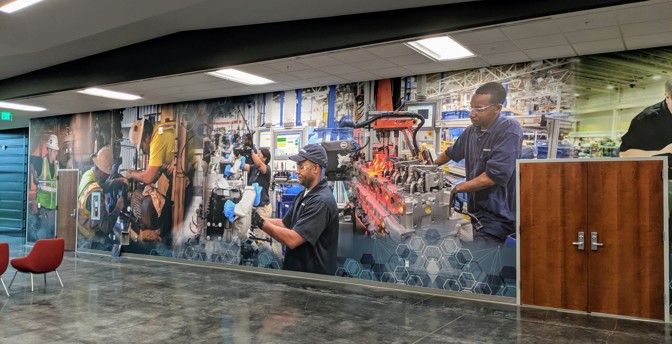
Last month Deb Fallows and I had a chance to meet with the presidents and board members of Michigan’s network of community colleges, at their Michigan Community College Association convention in Traverse City.
Organizationally, the nearly 30 public community colleges in Michigan are very different from those I’ve had most exposure to, in my home state of California. The public higher-ed system in California has a clear three-tier structure. At the top—in terms of selectivity and research ambition—is the University of California system, with its 10 campuses ranging from the oldest (Berkeley) to the newest (Merced). Then California offers the California State University system, with 23 four-year campuses, from Humboldt State in the north to San Diego State in the south. Finally, all school districts in the state are connected to one of the 114 campuses of the California Community College network. When you finish high school in the state, you know what it would take to get into one of the UC campuses, which CalState branch is in your area, and which community college serves your town. Like every big organization, and like everything in California, each level of the system has its problems. The point is, it was designed as one statewide whole.
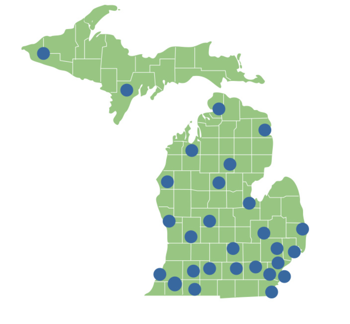
By contrast, each of the Michigan community colleges—from Wayne County and Henry FordCommunity Colleges in the Detroit area, to Gogebic and Bay Mills Community Colleges on the far northern Upper Peninsula—is an independent operation. They have their own specialities, their own local leadership structure, their own distinct identities. Bay Mills, for instance, is a tribally run college, whose mission is “to provide quality educational opportunities, promote research, and facilitate individual development in an accessible, community-based, and culturally diverse environment that supports and maintains the Anishinaabek culture and language.” The ones near Detroit have long been closely connected to the car industry and related manufacturers.
The coordination among Michigan’s community colleges, then, is bottom-up and informal (including via the MCCA), rather than statewide and systematized, as in California’s case—or as with Indiana’s network of community colleges across the state, all called Ivy Tech. And in turn, coordination among community colleges in all 50 states—all facing generally similar problems, but with widely varying local assets and challenges from Montana to Maine to West Virginia—is also informal.
What Deb and I learned when talking with community-college leaders in Traverse City was about the choices that they are facing—as are other members of the loose confederation of educators who are doing so much to shape the economic and civic future of the country. Based on what we heard, I think this is the list of next big choices:
- In this era of increasing nationwide interest in “placemaking,” are community colleges positioned to take the lead as stewards of a community’s development? Or do they need to follow other local institutions? (Here is an example of a four-year university that has taken the local lead. We’ve seen examples elsewhere of community colleges playing that role—for instance, in central Oregon. )
- How does a successful college set the balance between training people in hopes that they’ll stay in the area and training them for success, wherever they might end up? Should the prospect of graduates moving away affect an institution’s investment in them?
- How does a successful college think about the balance between training for specific skills, and general adaptability? How does it balance between the jobs of today, and those of a decade or two from now? (The Communiversity, in Mississippi, is wrestling with just these questions, plus the one about graduates who might move away.)
- What’s the proper way to work with private companies in the area? Is it all positive? What are the pitfalls and guidelines?
- When does it make sense to take a regional, or even statewide, approach, as opposed to programs aimed at each college’s local area?
- When does it make sense to seek out collaborations with research universities or four-year colleges?
- How should the “culture” of community colleges evolve to reflect their newly central role in American opportunity? Is there an even bigger place for ceremonies, “pomp and circumstance,” and other ways to add external signs of prestige to this experience?
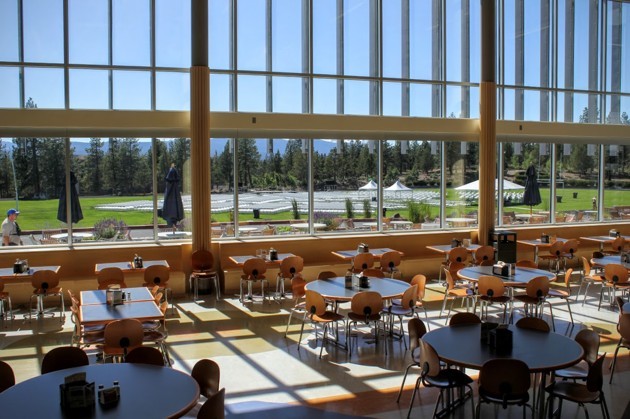
Inevitably, we’re all drawn back to the news of the moment, because it matters. But please think about how much community colleges also matter, and the upcoming choices they face.

